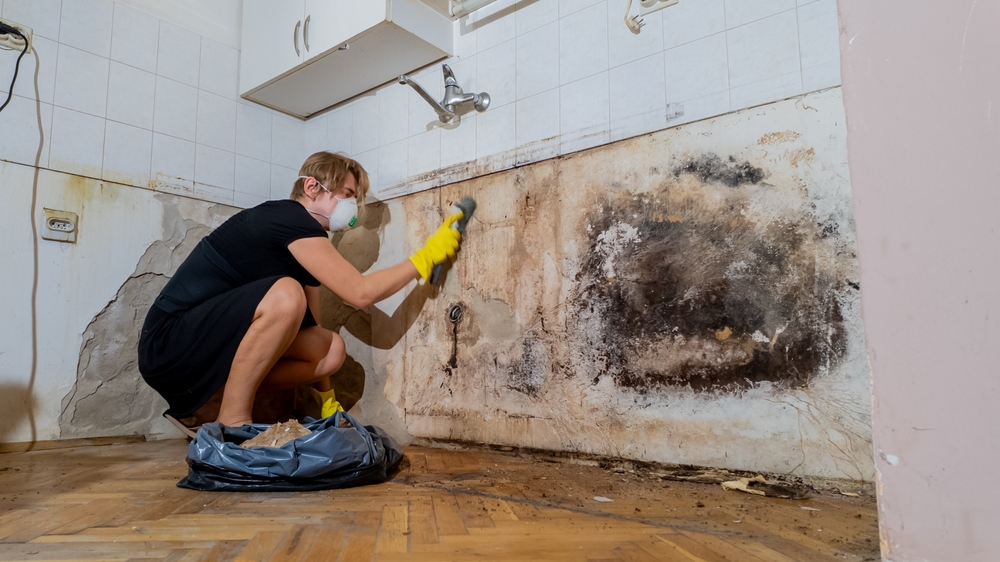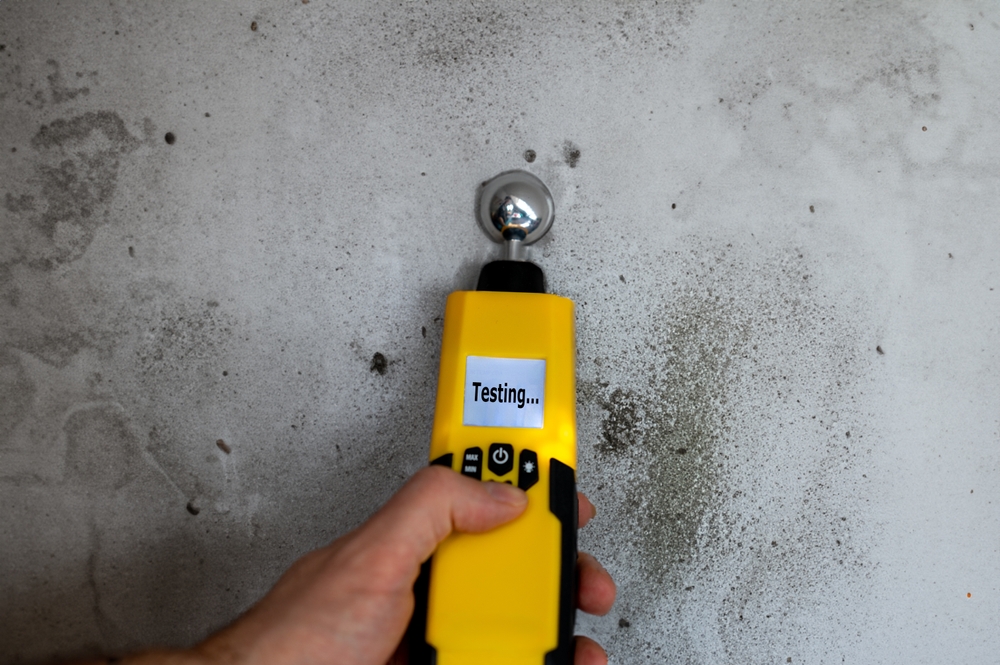Any house or building has an unpleasant visitor in mold. Although it could start as a little patch in a damp area, its effects can spread rapidly and compromise your health as well as your home. This thorough guide will enable you to grasp the risks of mold, how it health effects of mold exposure, how to spot and stop it, and the actions to properly handle it.
An often occurring indoor issue, particularly in high humidity or frequent water leaks, is mold. Its existence is not always clear-cut; it usually grows in less prominent areas, behind carpets, or behind walls. Ignoring mold can unfortunately have major effects.
Why Mold is Common
Both inside and outside, mold spores abound practically everywhere. Although in tiny quantities these spores are benign, they become a nuisance when they rest on moist surfaces and start to proliferate. Mold flourishes in settings with:
- Above fifty percent, high humidity
- Inadequate airflow
- Water leaks or damage
- condensation on walls, pipes, or windows
Recognizing the Risks
Mold presents more than just a cosmetic concern. Not treated, it can:
- Compromise Indoor Air Quality: Mold spores dispersed in indoor air quality cause respiratory problems upon inhalation.
- Damage Property: Mold can compromise furniture, discolor walls, and undermine buildings.
- Affect Health: People who live with mold may have allergic reactions, respiratory issues, and in severe cases even neurological disorders.
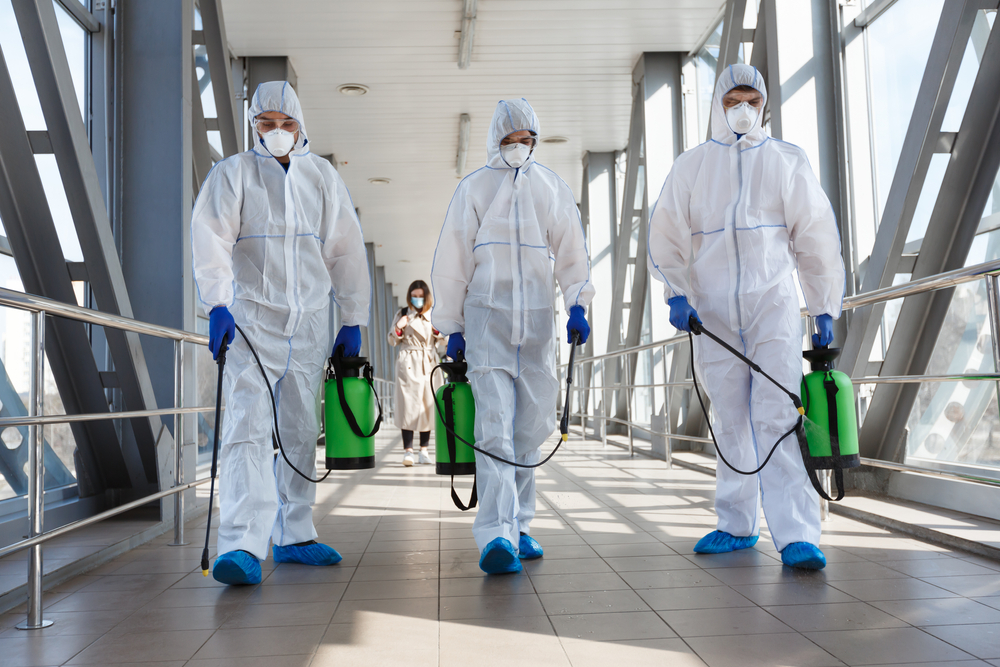
Common Health Effects of Mold Exposure
Different types of mold, degree of exposure, and personal sensitivity all affect the health consequences of mold exposure. While some people could have modest symptoms, others could have more serious medical problems.
Respiratory Symptoms
Mold particles aggravate the respiratory system and cause a spectrum of symptoms:
- Coughing and Sneezing: Breathing airborne spores can cause ongoing coughing and sneezing.
- Wheezing and Shortness of Breath: Asthma or other respiratory disorders may cause wheezing and shortness of breath, so making it difficult to breathe in moldy surroundings.
- Asthma Attacks: For people with pre-existing disorders especially, mold can be a major trigger for asthma episodes, hence its presence is rather harmful.
Example
Imagine running upon a hidden mold issue in your house. Particularly at night or following time spent indoors, you may find regular coughing or a tight chest. These symptoms could linger till the mold is taken out.
Allergic Reactions
One often occurring allergen that can produce: mold
- Skin Rashes: After mold comes into touch, red, itching spots could emerge.
- Eye Irritation: Common reactions to mold exposure are eye irritation—watery, itchy, red eyes.
- Nasal Congestion: Often accompanying mold allergies is nasal congestion, a stuffy nose or sinus pressure.
Did You Know?Allergies are more likely to be triggered by some kinds of mold, including Cladosporium and Aspergillus. Knowing the kind of mold in your house will help direct repairs.
Neurological Symptoms
Extended mold exposure can compromise the neurological system and produce symptoms including:
- Headaches: Breathing molds toxins could cause regular headaches.
- Fatigue: Often, mold exposure results in inexplicable weariness or low energy levels.
- Difficulty Concentrating: Difficulties Known as “brain fog,” this condition makes it difficult to concentrate on chores or have clear thoughts.
- Memory Problems: Certain molds can affect cognitive ability and memory over long term.
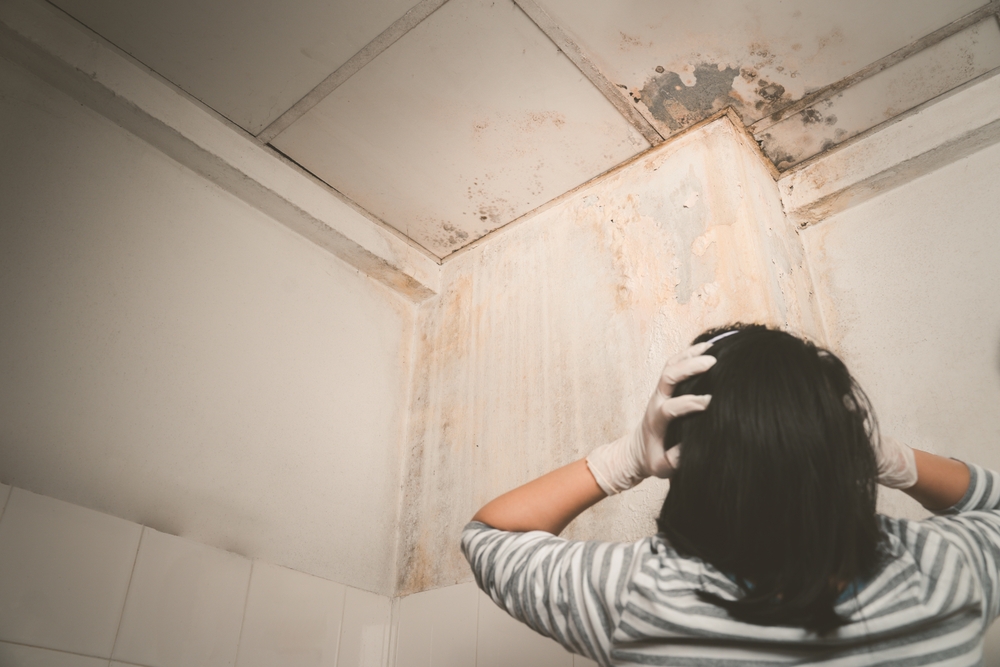
Scientific Insight
Mycotoxins, dangerous chemicals with neurotoxic effects, are produced by mold. In poorly ventilated spaces where mold exposure development is significant, these chemicals especially raise concerns.
Other Health Issues
Apart from neurological and respiratory problems, mold contact can also aggravate:
- Respiratory Infections: Those with compromised immune systems are more likely to get mold-caused illnesses
- Chronic Conditions: Long-term respiratory diseases including chronic bronchitis may result from prolonged exposure.
Identifying Mold Exposure
Early mold detection is essential for both property water damage prevention and health issues avoidance. Here’s how to find mold in your house or place of business.
Signs of Mold Growth
- Visible Mold: Usually black, green, white, or gray, visible mold shows up on furniture, walls, or ceilings.
- Musty Odors: Strong evidence of concealed mold is a constant, moist smell.
- Water Damage: Water damage commonly shown by stains, flaking paint, or deformed surfaces points to moisture sources supporting mold development.
The Role of Professional Inspection
While some mold is obvious, concealed mold calls for professional discovery. Professionals make use of tools including:
- Moisture Meters: To find beneath floor or wall wetness.
- Air Quality Tests: Air quality tests help to determine particular kinds of mold and measure mold spore counts.
Pro Tip
You should think about a professional mold check if you find inexplicable medical problems, such allergies that aggravate indoors.
Preventing Mold Growth
Stopping mold’s spread is the best approach to avoid problems connected to it in health. Here are doable actions you could follow.
Control Moisture Levels
There cannot be mold without moisture. Dry your house using:
- In humid places like basements, using dehumidifiers.
- Guaranturing appropriate drainage around your house.
- Immediately fixing leaks in windows, pipes, and roofs.
Improve Ventilation
Good ventilation helps to lower moisture content. To better ventilation:
- Install bathrooms and kitchens exhaust fans.
- Open windows often to allow fresh air to flow.
- Choose vent covers with direct moisture outside direction.
Regular Cleaning and Maintenance
Regular cleaning keeps mold spores from settling and proliferating.
- Using mold-resistant solutions, clean moist surfaces including shower tiles.
- During regular house inspections look for leaks and water damage.
- In restrooms, replace grout or rotten caulking.
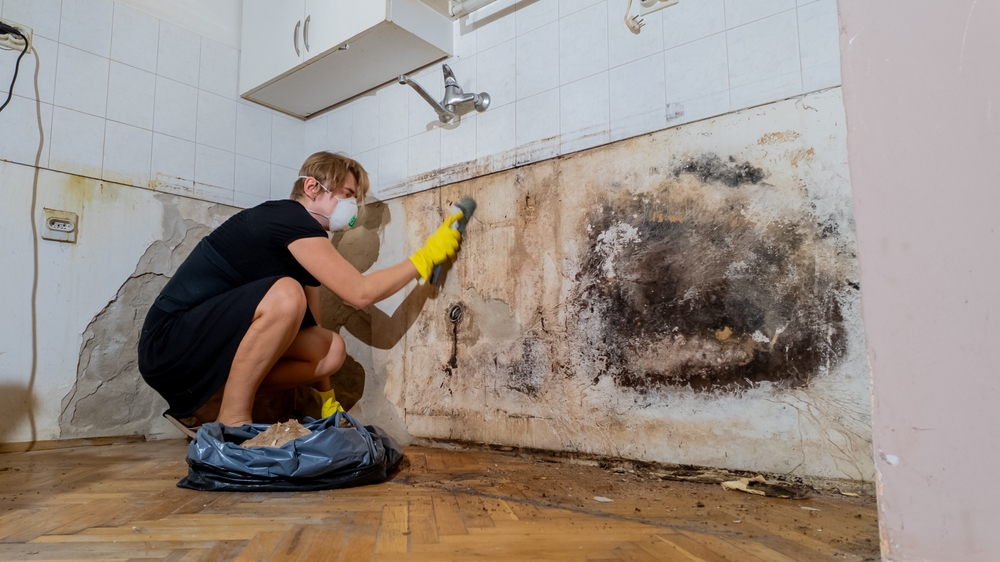
Remediating Mold Growth
Should mold already be present, fast action should be done to eradicate it and stop more spread.
The Importance of Professional Services
While do-it-yourself techniques could be appropriate for small areas, substantial mold calls for professional assistance. Experts:
- Make sure safe removal stops spreading of spores.
- To stop recurrence, find the underlying source of moisture.
- Invest in specific tools such HEPA filters and air scrubbers.
Steps in the Mold Remediation Process
- Inspection and Assessment: Professionals find mold and point up sources of dampness.
- Containment: Affected sites are blocked off to stop cross-contamination.
- Water Removal: Any standing water or humidity is eradicated.
- Mold Removal: Contaminated items are taken out, and antimicrobial agents help to disinfect surfaces.
- Drying and Dehumidifying: Industrial fans and dehumidifiers help to guarantee the region is totally dry.
- Air Quality Control: Air scrubbers filter the air to eliminate last bits of mold spores.
After Remediation
Testing following remedial actions guarantees that the problem has been totally fixed and that mold levels are safe.
Conclusion
Mold exposure poses a major health hazard, not only an annoyance. Mold can affect your quality of life in everything from neurological symptoms to respiratory issues. One must act quickly and identify the indicators of mold development.
Philadelphia Restoration Services
https://www.google.com/maps?cid=3399342399556699153
+1 267 668 0013
https://philadelphiarestorationservices.com/

